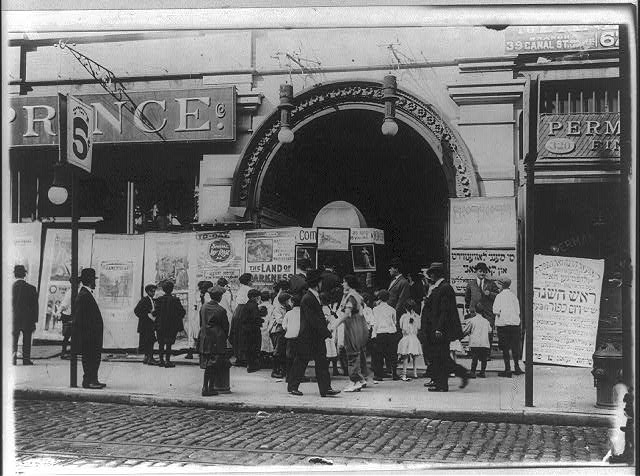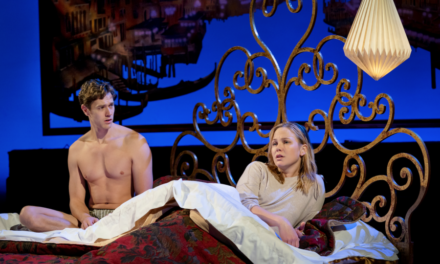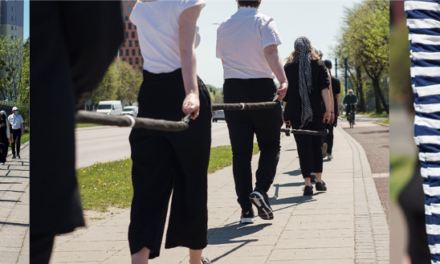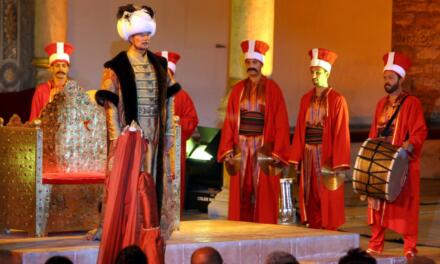The history of Yiddish theatre is embedded – quite literally – in urban space. If you walk past the Chase Bank on the site of the former Second Avenue Deli in New York City’s East Village neighborhood, the sidewalk is emblazoned with the “Yiddish Theatre Walk of Fame” – metal stars bearing the names of prominent figures from the heyday of the New York Yiddish theatre scene. Most passersby probably no longer remember the star power of Molly Picon or Maurice Schwartz. Yet a century ago, they (and many other individuals whose names are even less familiar now) were extremely influential figures for the millions of Yiddish-speaking Eastern European Jewish immigrants who spent their leisure time in the “Jewish Rialto” of the Second Avenue theatres. We’d like to introduce you to a new resource, Plotting Yiddish Drama, which is a useful, English-language tool for scholars of urban life, whether they are studying the lives of Yiddish theatre attendees or just want to understand why they are standing on a metal star that says “Moishe Oysher.”
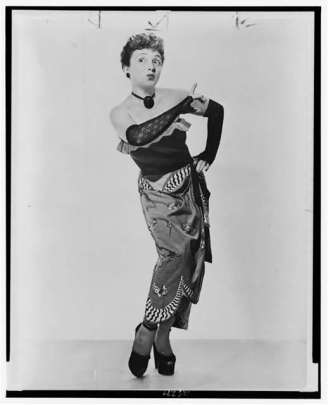
Molly Picon in costume for the musical comedy “Abi Gezunt”, Moss Photo, N.Y., 1949, Prints and Photographs Division, Library of Congress
Over its centuries-long, international history, Yiddish drama has tackled all the major challenges modern Jewry has faced, including the tension between tradition and modernity; political movements within and beyond the Jewish community; changes in family structures and gender roles; violent cataclysms, including wars and pogroms; mass emigration; and debates over the creation of a Jewish nation-state. The issues these plays present are crucial for modern Jewish Studies, but also intersect with topics that will interest scholars in a variety of fields. Familiarity with Yiddish drama, therefore, serves as an important tool to better understand significant aspects of world history and culture, including Jewish life in urban centers such as Warsaw, New York, and Buenos Aires.
Enter “Plotting Yiddish Drama” (PYD), a new initiative of the Digital Yiddish Theatre Project (DYTP) that you can begin to sample now, which will gradually expand in terms of both the content it covers and the tools we create to help us better understand connections among many different Yiddish plays. At PYD’s core are searchable plot synopses of Yiddish plays. We’ve started off with just a dozen dramas—all of them historically important, but with no suggestion that they are the twelve most important Yiddish plays. Over time, we plan to build PYD into an interactive, mappable, searchable database containing the synopses of hundreds of Yiddish plays that offer windows not only into the details of specific dramas, but also of the richness, complexity, and variety of the Yiddish dramatic repertoire as a whole.
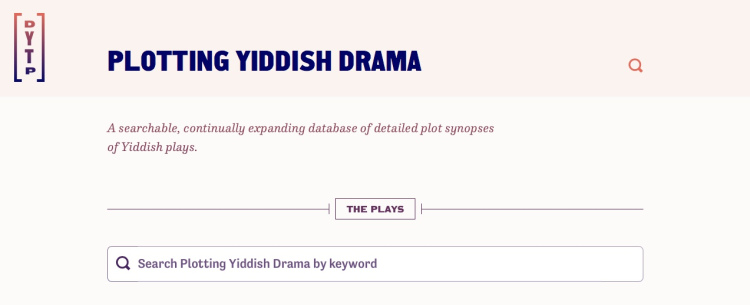
Preview for “Plotting Yiddish Drama.” Photo from the original article.
We envision PYD as a resource for a variety of different research questions and methodologies involving urban history.
Scholars of popular culture and leisure practices can learn more about the theatre-going habits of urban Jewish audiences. Melodramatic plots? Family crises? Musical numbers? Yiddish theatre hits were full of these elements, and PYD is a useful reference for anyone who wants to find out what people were watching in urban centers. If you read a memoir that mentions someone went to an Avrom Goldfaden operetta, PYD can help you find out what would have happened on stage.
Yiddish drama is set in diverse locations, including cities around the world. PYD tags where plays are set, which helps scholars identify how these particular cities are portrayed. Are specific neighborhoods depicted? Stereotypical traits or regional dialects mocked? PYD can point you towards fascinating texts, such as Chava Rosenfarb’s The Bird of the Ghetto, which depicts the Vilna Ghetto during the Holocaust.
PYD tags where plays were first performed, which helps chart the Yiddish theatrical repertoire as it developed around the world. Combined with other DYTP resources, PYD can help scholars track cultural life in specific theatre districts and the touring history of particular individuals or theatre companies. Stay tuned for an upcoming batch of plays from the repertoire of New York’s Yiddish Art Theatre.
We encourage you to start exploring Plotting Yiddish Drama now, and as it grows, to continue visiting different plays, each one its own neighborhood in the Yiddish repertoire. You may get lost at times, but immersing oneself in the world of Yiddish drama offers its own pleasures. Let Plotting Yiddish Drama be your map.
This article was originally published by Sonia Gollance and Joel Berkowitz in The Metropole and has been reposted with permission.
This post was written by the author in their personal capacity.The opinions expressed in this article are the author’s own and do not reflect the view of The Theatre Times, their staff or collaborators.
This post was written by Sonia Gollance and Joel Berkowitz.
The views expressed here belong to the author and do not necessarily reflect our views and opinions.

